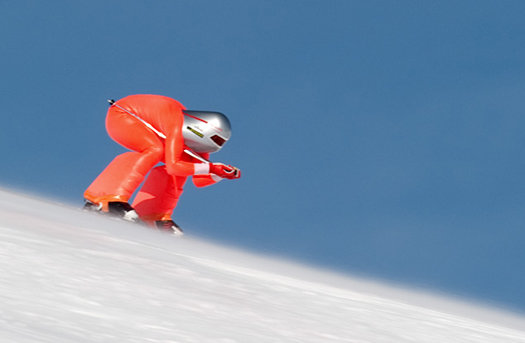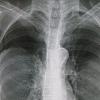Schwarzenegger's Terminator memorably thrashed and crawled onward towards its victims even after its robotic limbs had been mutilated by explosions and crashes. Now, a German research team is trying to bring that ability to the robots of today, looking at how three-legged dogs move in order to design robots that can recover from injury or damage.
In the German study, dogs with front and hind leg amputations ran on a treadmill for two-minute periods. Reflective markers were placed on the dogs' skin, enabling the team to follow the movement of separate part of the body using a set of high-speed infra-red cameras. They then compared the movements of dogs with different limbs missing (i.e., front-rear, left-right) with the natural movements of normal four-legged dogs to see what physical coping techniques the dogs employed to re-establish movement and limb function.
The team found that when a dog's hind leg is missing, the front legs continue to function as they normally would, with little or no modification needed. But when a dog has lost a front leg, the remaining limbs must undergo extreme adaptation to coordinate with each other, in a strategy known as “gait compensation.” The researchers believe this is because fore-limbs are loaded more and have a much greater influence on the distribution of body weight in a four-legged animal. “Natural terrestrial locomotion is designed for an even number of limbs,” said the study's lead researcher Martin Gross of the University of Jena in Germany. “After limb loss, a reorganization of the locomotive system is required.”
Living creatures can evaluate their surroundings and injuries and adjust their movement or behavior accordingly, but robots are hard-wired to move and react in a specific way. The research was designed to help develop robots that can recover from an injury by adapting their movement, just as dogs learn to function with a handicap.
Results will be presented on Thursday at the annual meeting of the Society for Experimental Biology in Prague.
Popular Science has been a leading source of science, technology and gadget news since 1872. With up-to-the minute latest space news, insightful commentary on the new innovations and concept cars ...if it's new or future technology you'll find it at popsci.com.au.
WW Media - Popular Science © 2010
Cameras - Home Entertainment - Mobile Phones




